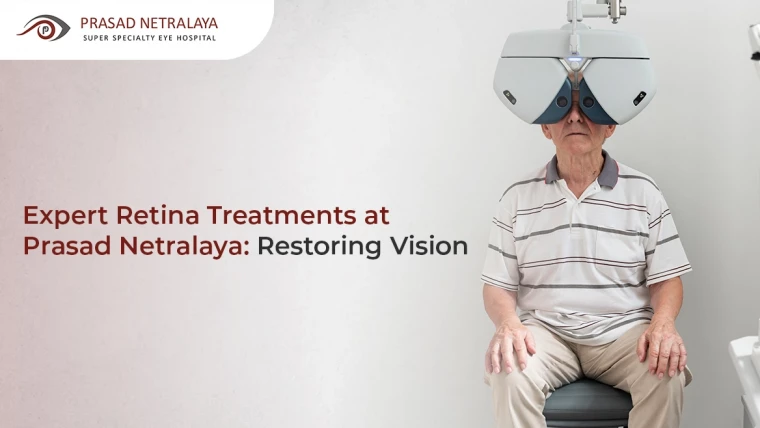Visual tracking is the capability to track objects by moving one’s eyes left to right (or right to left, up and down, and in circular motions) or to focus on an object as it moves across the visual field.
Visual tracking happens without us even acknowledging it. The brain and its functions are so remarkable, that our eyes are constantly moving, monitoring, scanning, focussing, pursuing, and accommodating us without our knowledge. The ability to visually track things develops in children at the age of five, according to typical visual processing development.
However, many face trouble figuring out how to develop visual tracking, which then manifests into greater troubles while performing simple, day-to-day tasks. This raises the question: is improving eyesight possible at all? The good part is yes, visual tracking in children can completely be improved by strengthening eye muscles with certain visual tracking exercises.
Let’s take a look at 9 of them:
How to Improve Visual Tracking
A selection of visual tracking exercises can contribute to the development of this important skill. The key is to come up with a routine of everyday activities that will help improve vision control.
- Read using your finger
While reading, using your finger to glide over the text supports the eyes and allows them to track more fluidly. It also reduces the cognitive burden, allowing the brain to devote more resources to reading comprehension.
- Ball on a screen
Visual tracking can be singularly developed by observing a ball go around the screen. Because the brain is asked to accomplish only one thing at a time, this approach focuses directly on the problem. These vision functions can eventually become automatic, allowing them to be performed subconsciously.
- Play (or watch) ping pong
The back and forth of the ball in a game of ping pong is a great visual tracking exercise. Aside from playing, even watching others play can be an even better idea. To enhance visual tracking, keep an eye on the ball and track your gaze back and forth across the table.
- The metronome
Place the metronome or pendulum about 1-2 feet away from your face, keep your head still, and follow the swinging metronome or pendulum with your eyes.
- Laser pointers
A laser pointer projected on a wall in a dark room with the red dot sweeping across the wall can be followed by someone with weak visual tracking. Make sure to move the laser in all directions: up, down, left, right, and diagonally, and increase the speed as you go along.
- Echo reading
Echo reading is when someone reads a passage out loud to someone with visual tracking difficulties, and they track the words on the page as they are spoken. This allows the brain and eyes to work in tandem and forms a subconscious reflex
- First & last word
From the top of the page to the bottom, repeat the pattern of reading the first to last word in each line. Time yourself and see how fast you can go. Simply read the first and last letter on each line if reading words is difficult. Eye-tracking exercises like these help to improve processing speed and accuracy. It is also possible to develop eye-hand coordination by using one’s finger throughout the process
- Peripheral tracking activity
Arrange a few bottle caps of different colours on the table. Place another small object of a specific colour in the center of the arrangement, and ask them to find the bottle cap of the same colour without turning their head or eyes. Keep replacing the colour in the middle until all bottle caps are located. This will help boost peripheral vision, an important aspect of visual tracking.
Bonus: Add a level of difficulty to this task by writing letters or numbers on the bottle caps and asking them to recognize them in the right order.
- Apps like Voice Dream Reader
This app highlights words as they are read aloud. Read along with simulated voice options or turn off the audio and read the text yourself. Change the speed of your reading so that words are highlighted as you read. Apps like these allow the reader to form a correlation between reading with visual eye tracking.
The answer to the question of ‘how to track visual tracking?’ is fundamental to our ability to absorb external information and respond to our environment. Eye-tracking deficiencies are complicated; for example, a person with eye-tracking abnormalities may or may not have double vision or convergence insufficiency.
To measure and assess eye movements, our professionals at Prasad Netralaya, one of the best eye hospitals in Karnataka, use age and grade-normed standardized testing, advanced visual tracking exercises, and specialized equipment. If you or your child exhibit symptoms associated with visual eye tracking deficits,
If you or your child exhibit the symptoms associated with eye tracking deficits, visit our website to schedule a consultation or call us on our toll-free number 1800-4251-919 or our mobile no. 09513576565 to book a quick appointment.


